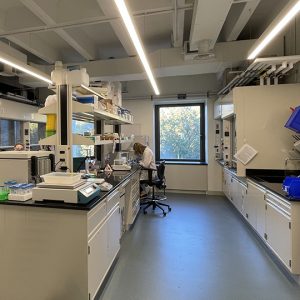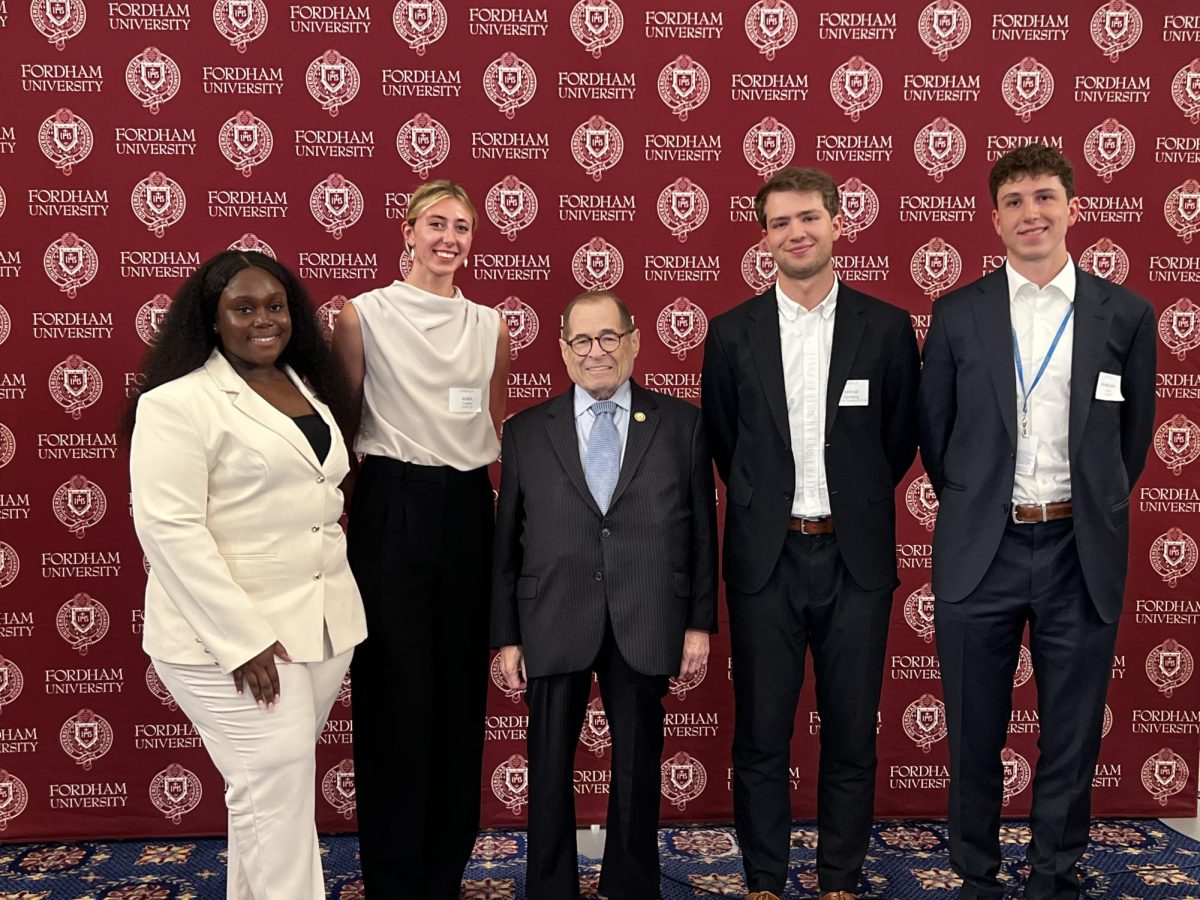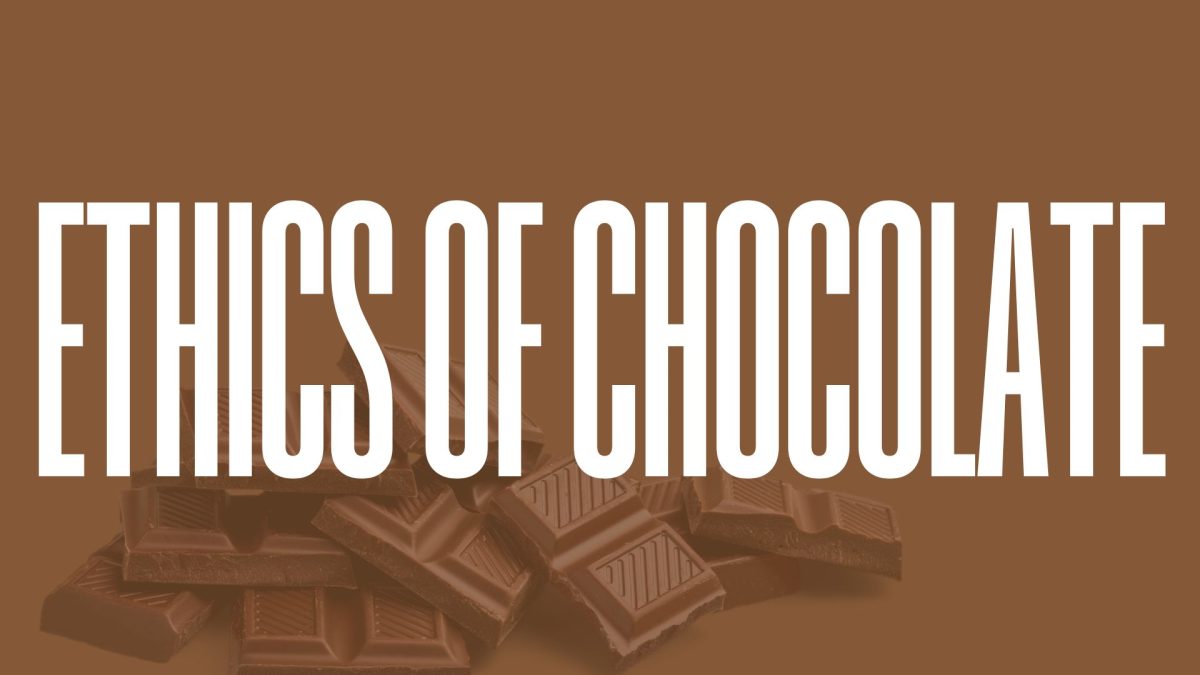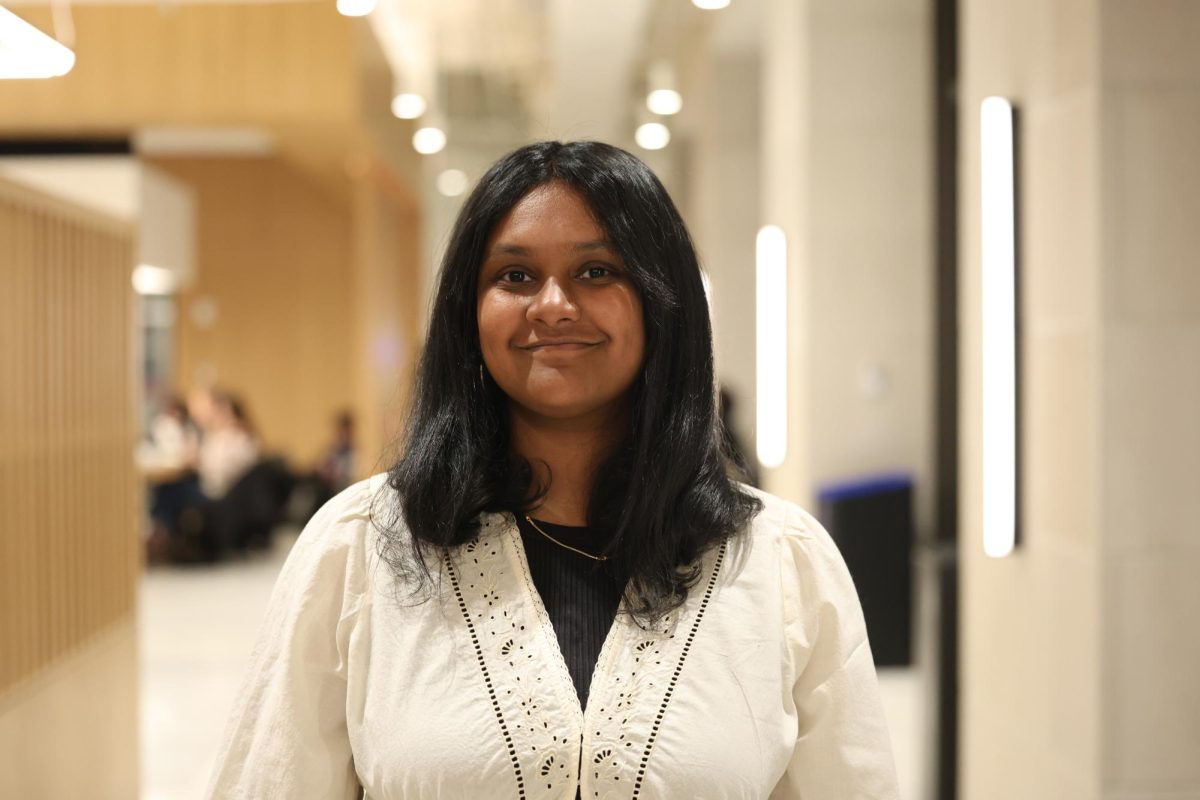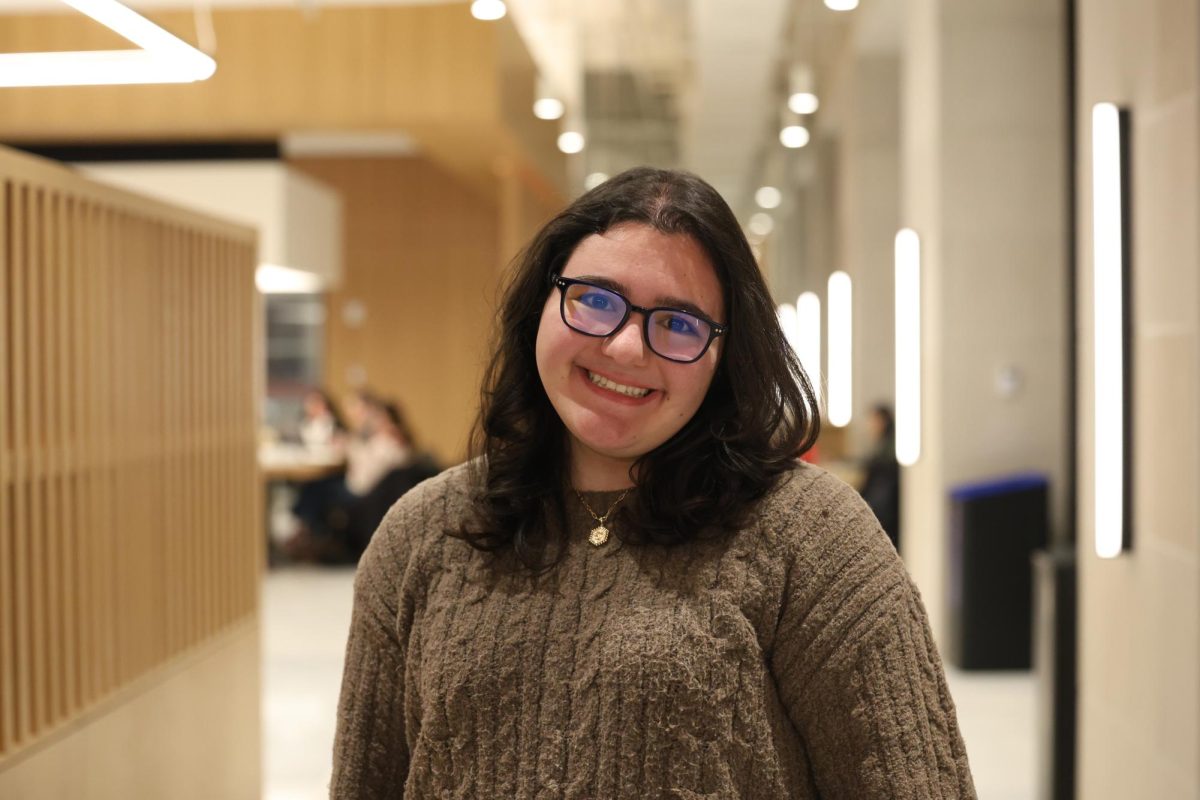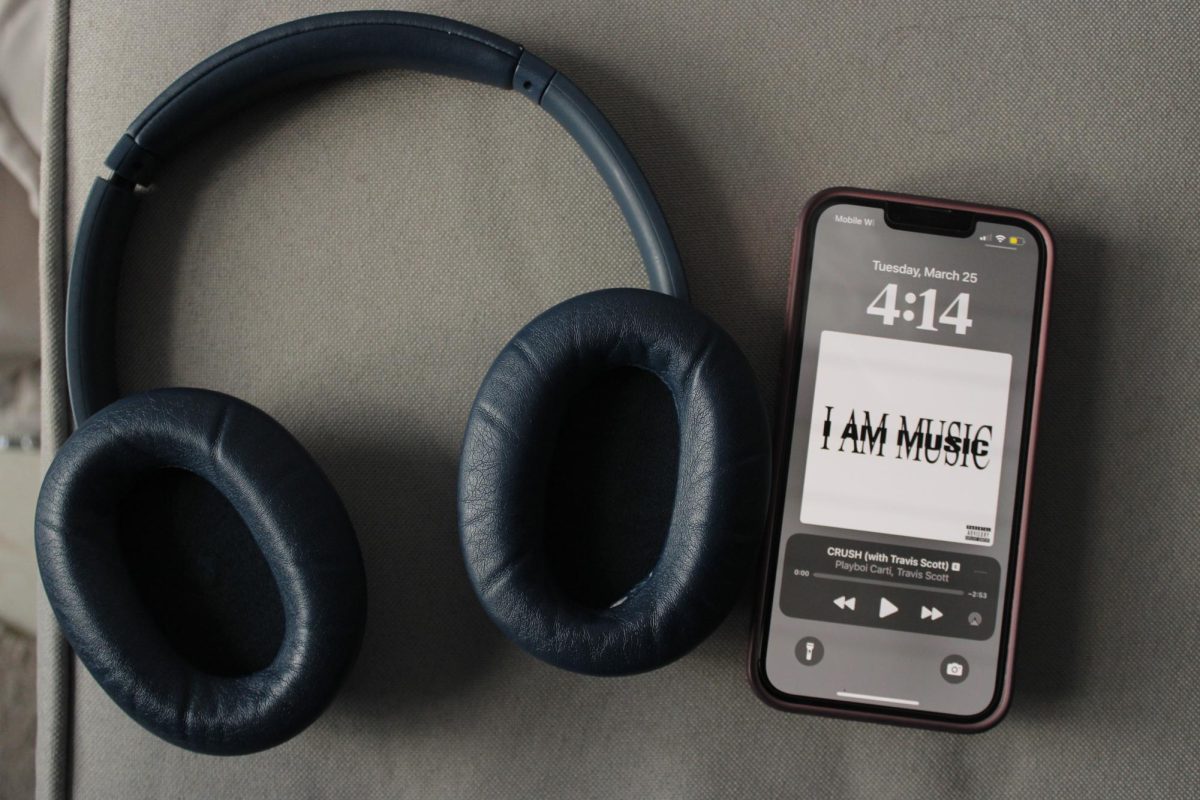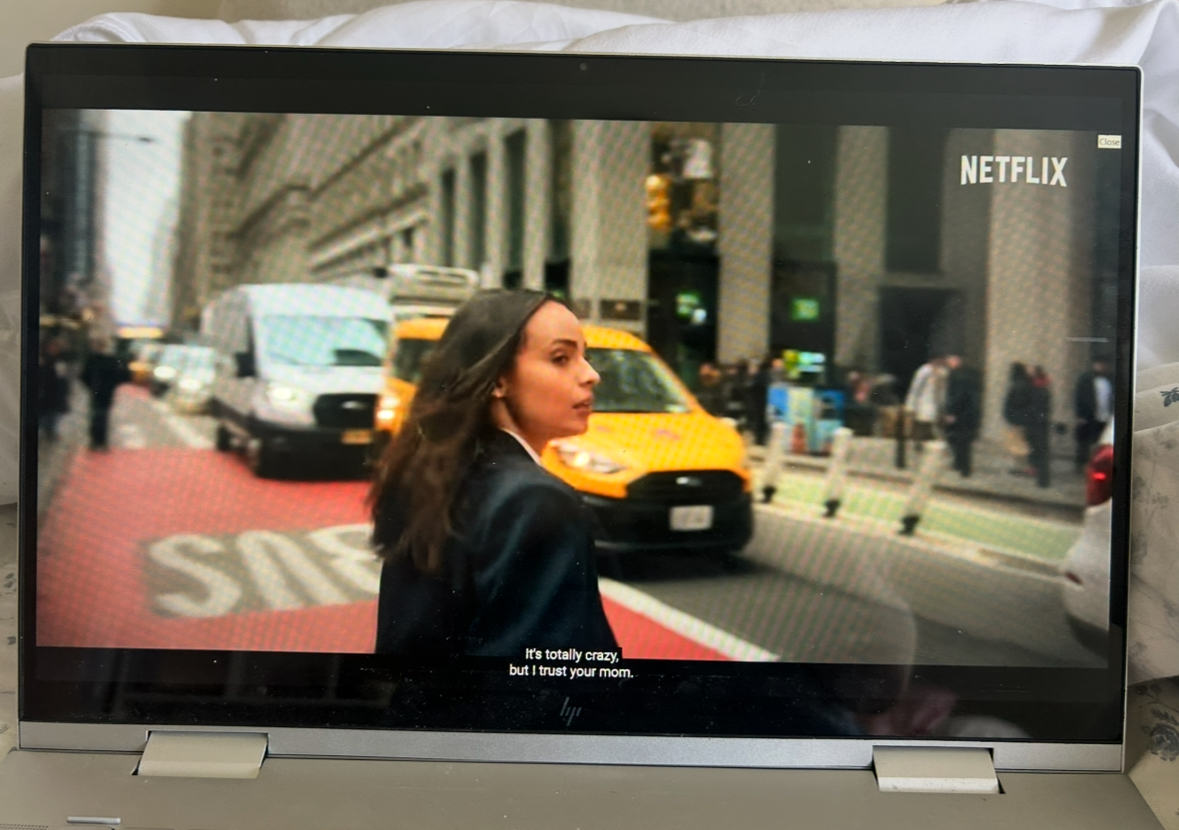Since the mid to late 19th century, synthetic dyes have been used in foods in order to make them more appealing, attractive and appetizing for American consumers. However, federal oversight, regulation and research on the long-term health effects of synthetic food dyes have remained sparse following their initial introduction.
On Aug. 12, 2024, the California Senate passed a bill that would ban several prominent food dyes in K-12 public schools if it was signed into law by California Gov. Gavin Newsom. With the introduction of this bill in California, New York should also adopt a similar law that would ban food dyes: specifically Blue No. 1, Blue No. 2, Green No. 3, Yellow No. 5, Yellow No. 6 and Red 40.
I believe that a bill should be passed not only in regards to the correlation between behavioral issues and synthetic dye but also to promote alternative healthy food options for the youth of New York in food insecure areas.
In 2021, the California Office of Environmental Health Hazard Assessment (OEHHA) conducted a study that found data suggesting artificial food dyes can affect children’s neurobehavior. These artificial dyes are found in a majority of chips, cereals, dairy products, candy and sodas. The findings of this recent study drove support for the California bill, although it was not the only research conducted on the adverse effects of artificial dyes on the behavior and overall health of children. In studies conducted in 2004 and 2007, researchers discovered a small but significant increase in hyperactivity in children who were given food that contained artificial dyes. These studies in the early and mid 2000s spurred lawmakers in Europe to place warning labels on products containing synthetic dyes, but this practice would not be adopted by the United States on the same timeline. In 2011, the United States Food and Drug Administration (FDA) decided that they would not be implementing warnings on the numerous food products, but it recommended that more research be conducted.
Unfortunately, there have been few studies and actions taken since the decision was made. In 2012, a study administered by the National Institutes of Health discovered that Red 40, Yellow No. 5 and Yellow No. 6 are contaminated with carcinogens. Advocates for the California synthetic food dye ban argue that they have no nutritional value and are only used for cosmetic and superficial purposes.
A bill similar to the one that passed in California should also be administered within New York K-12 public schools. This bill would promote stronger behavioral and overall health for students. In addition to the negative health and behavioral effects that synthetic food dyes have on the health of children, lawmakers and public officials should address the larger issue of food insecurity in New York. During COVID-19, food insecurity in New York state increased significantly. The United States Department of Agriculture (USDA) found an estimated 11.3% of New York households in 2020-22 were unable to acquire a sufficient amount of food due to economic reasons. In New York City, over 335,000 of all children across the five boroughs are food insecure. Due to these circumstances, thousands of families throughout New York state were forced to turn to other ways to acquire food such as the Supplemental Nutrition Assistance Program (SNAP) benefits. However, SNAP benefits don’t guarantee or consist of what is needed to maintain a healthy diet.
Healthy food is key to guarantee success for students. Recently, the New York City Department of Education (DOE) has made significant strides in addressing food insecurity throughout the five boroughs. The New York City DOE assisted in implementing universal free meal programs in NYC public schools throughout the school year. These programs are aimed at providing healthy nutritious meals for every NYC public school student. If these programs are truly aimed at promoting healthy diets and providing meals for New York City students, they must address the current issues relating to behavioral and health problems stemming from synthetic food dyes.
Indranil Kar, FCRH ’26, is a political science major and Arabic minor from St. Louis, Mo.


